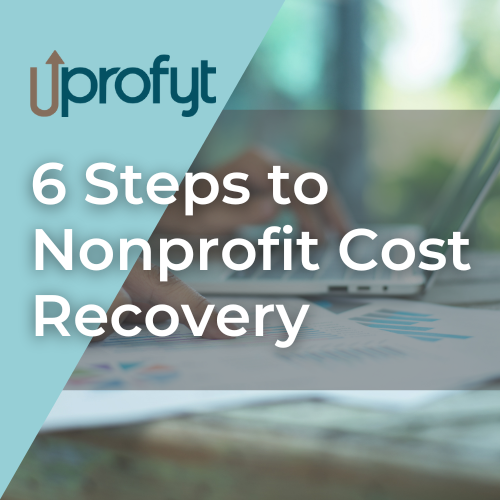
When Donors Fail to Follow Through on Commitments
When it comes to accounting, most associations are on an accrual basis — the adding together of interest or different investments over a period of time.
For large for-profit corporations, they can get into trouble if they overestimate the security of their accounts receivable by not properly assessing the probability of payment from people to whom they issued credit.
But how is this a problem for associations when donors who have committed funds failed to follow through?
Nat Bartholomew, principal of national accounting firm CliftonLarsonAllen and partner in charge of its association membership organization practice, said for some associations the above scenario plays out in a different place on the balance sheet. An association is on solid ground with pledges, contributions or split-interest agreements (when the association must share investment income/benefits with the donor and other beneficiaries if designated) if their donors’ history (and nature) shows they are reliable with commitments.
“The place where you have a bigger number and more risk and more exposure is relative to students loans and the repayment of that. You could have $50 million in receivables sitting there in that particular area,” Bartholomew said. “If things were to change, that would be a very big number and that would be hit.” But again, if an association’s donors take those liabilities seriously (say, military people) they likely can be relied on to pay.
Where most associations see risk in receivables is when dealing with businesses. In advertising, for instance, sometimes businesses don’t honor their commitments. Associations should not allow them to get too far into arrear, as in six months or a year. If they get that far behind, associations “should cut them off at some point and say, ‘no more sales until I start seeing cash coming in.’” Bartholomew warns that groups that aren’t willing to do that “suffer the risk and exposure, [and] potential receivables that they’re going to have to write off.”
On the development side, Bartholomew says an association is at risk with big donors. He recounts an incident when a donor “recharacterized a gift.” At the association’s silent auction, the donor purchased an item for $150,000, and later told the association that was his payment to his annual pledge.
“You don’t say, ‘No you can’t do that,’ because this is someone who has given you millions of dollars and will continue to do so, you just take the hit right there, and that’s what this organization did,” Bartholomew warned.
Nat Bartholomew presents “Nonprofit Board Training: Financial Literacy and Regulatory Compliance Skills,” an online learning course offered by Association TRENDS. The course offers three modules in
• Fiscal Fiduciary Roles
• Financial Statements and Analyses, and
• Key Compliance Issues.
The course is offered for six CAE credits upon successful completion.
For more information and to buy the course, click here.


